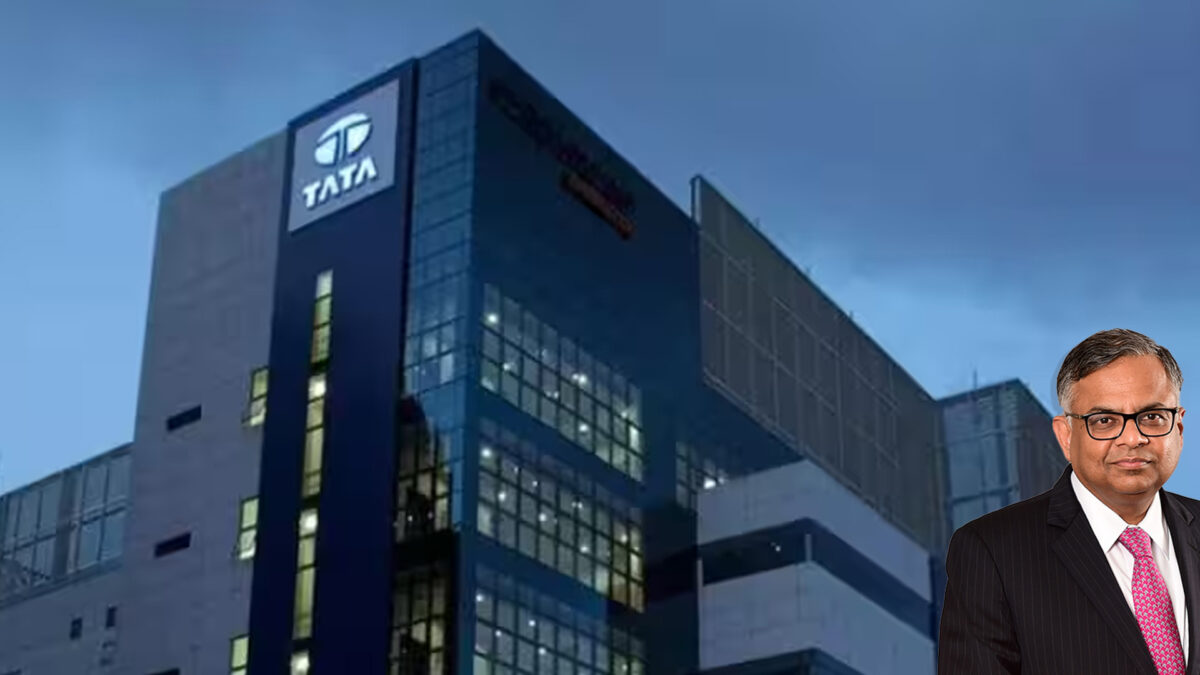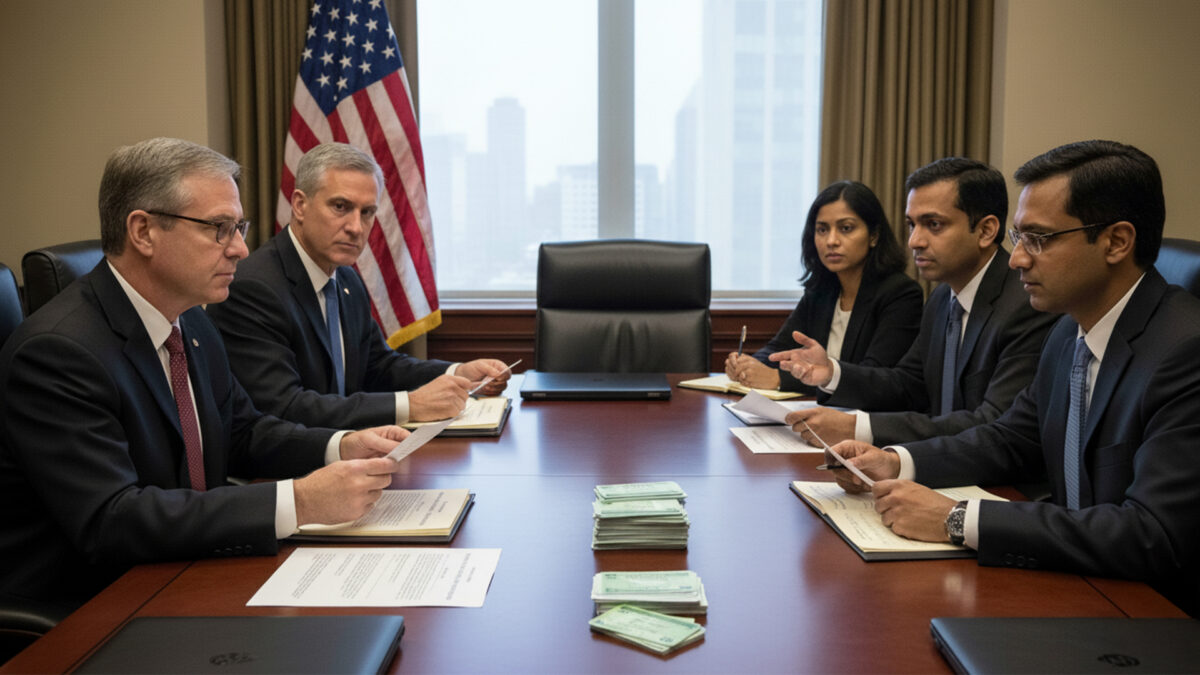The Centre is preparing to step in to address escalating tensions within the Tata Group, with senior government ministers scheduled to meet key executives from the conglomerate, The Economic Times reported on Monday. The intervention comes as internal disagreements at Tata Trusts—the principal shareholder of Tata Sons—threaten to affect the operations of India’s most valuable business house.
The discussions in New Delhi this week are expected to involve Noel Tata, Chairman of Tata Trusts; Venu Srinivasan, Vice-Chairman of Tata Trusts; N Chandrasekaran, Chairman of Tata Sons; and Darius Khambata, Trustee of Tata Trusts. According to ET, the meetings aim to evaluate recent developments that have caused widespread concern among stakeholders.
Central to the discussions are two pressing issues: resolving divisions among Tata Trusts’ trustees to avoid disruption at Tata Sons, and charting the way forward on the public listing of Tata Sons, a regulatory requirement under RBI norms issued three years ago.
The tensions reportedly trace back to a contentious Tata Trusts meeting on September 11, which exposed deep disagreements among trustees roughly a year after the passing of veteran industrialist Ratan Tata. Conflicts appear to revolve around control of Tata Sons, particularly concerning the appointment of nominee directors and the sharing of information on board proceedings.
The situation escalated after Vijay Singh, former Defence Secretary and Tata Sons nominee director, was removed—a decision opposed by Noel Tata and Venu Srinivasan.
Concurrently, a proposal to induct trustee Mehli Mistry to the Tata Sons board, supported by Pramit Jhaveri, Darius Khambata, and Jehangir Jehangir, intensified the rift, ET noted.
Reports suggest that an internal email from a trustee, seen as a veiled warning to remove Srinivasan in a manner similar to Singh, has heightened fears of a potential consolidation of control that could disrupt Tata Sons’ governance.
The upcoming meetings are intended to secure smoother operations within Tata Trusts and mitigate any ripple effects across the Tata Group. Officials said the unrest has gained attention across various group entities, particularly as board restructuring and trustee appointments remain uncertain.
The discussions also come at a crucial juncture for Tata Sons’ regulatory obligations. September 30 marked three years since the RBI designated it as an “upper-layer” NBFC, requiring mandatory public listing. Tata Sons had sought deregistration from the RBI in March 2024, requesting exemption from both listing and associated regulations, but a response is still pending, ET reported.
Meanwhile, the Shapoorji Pallonji Group, holding an 18.37% stake in Tata Sons and grappling with high debt, continues to advocate for listing to unlock liquidity. Government sources told ET that authorities are closely monitoring trustee demands for access to board agendas, prior approvals for key decisions, and challenges to independent director appointments, which have contributed to governance concerns.
The unrest has reportedly been growing over several months, with divisions becoming sharper as terms of key trustees near renewal, amid disputes over conflicts of interest and financial transparency, according to The Economic Times.
Also Read: Supreme Court Defers Vodafone Idea’s AGR Plea; Stock Falls Around 4%






